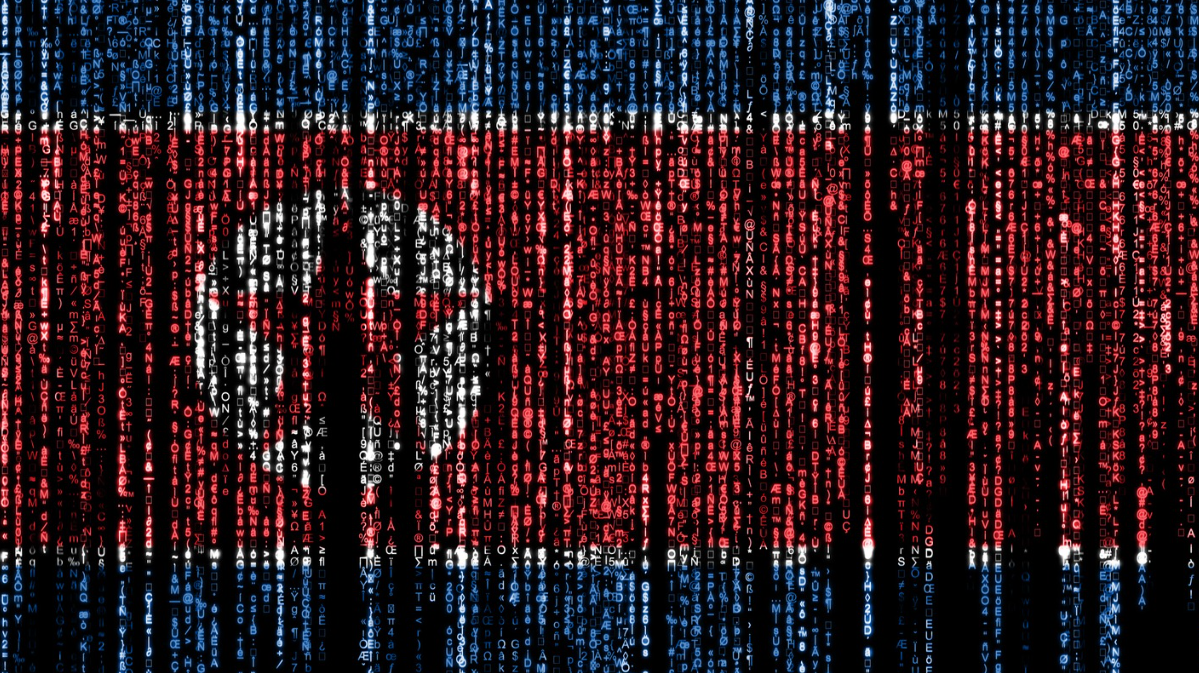🇰🇵 APT37. Reaper

Overview
APT37, also known as Reaper, ScarCruft, or Group123, is a North Korean state-sponsored cyber threat group that has been active since at least 2012. Unlike the more widely known Lazarus Group (APT38), which focuses on financial cybercrime, APT37 specializes in cyber espionage, intelligence gathering, and surveillance, particularly in South Korea and its allies.
APT37 primarily conducts covert cyber operations targeting government agencies, defense contractors, media organizations, and human rights groups. It has also expanded its targeting scope globally, infiltrating industries in Europe, the Middle East, and the United States. The group is notable for its use of zero-day vulnerabilities, custom malware, and advanced social engineering techniques.
APT37’s close alignment with North Korea’s strategic objectives suggests that its primary mission is to support the regime by collecting military, political, and economic intelligence. The group is less financially motivated than APT38 but plays a crucial role in Pyongyang’s cyber warfare strategy.
Despite being overshadowed by Lazarus Group, APT37 remains a persistent and evolving threat, adapting to new cyber landscapes, exploiting emerging technologies, and leveraging sophisticated evasion techniques to advance North Korea’s geopolitical goals.
Background and Attribution Indicators
APT37 was first publicly identified by cybersecurity firms such as FireEye (now Mandiant) and Kaspersky in 2017, although its activities date back to at least 2012. It is considered a state-backed North Korean APT group, operating under the direction of the Reconnaissance General Bureau (RGB), North Korea’s primary intelligence agency.
Attribution to North Korea
APT37’s activities align with North Korea’s national interests, with several key indicators confirming its origins:
• Ties to North Korean Intelligence (RGB): APT37 operates in parallel with other known North Korean APTs, particularly Lazarus Group (APT38) and Kimsuky (APT43).
• Target Selection: The group’s main targets include South Korean government entities, defectors, and critics of the North Korean regime, reinforcing a political and intelligence-driven agenda.
• Infrastructure and Malware Similarities: APT37’s tools and attack patterns share similarities with other North Korean cyber campaigns, including DUSTSTORM, BLUELIGHT, and ROKRAT malware families.
• Language and Operational Signatures: Analysis of the malware code, metadata, and phishing lures suggests a North Korean origin, with frequent use of Korean-language documents and cultural references.
Unlike Lazarus Group, which is globally active and financially motivated, APT37 focuses more on regional espionage, national security, and strategic intelligence gathering.
Focus
APT37 primarily targets organizations and industries relevant to North Korea’s geopolitical and economic interests, with a focus on:
1. South Korean Government and Military Entities
• Espionage campaigns targeting defense ministries, military contractors, and security think tanks.
2. Media, Journalists, and Human Rights Groups
• Monitoring and suppressing reporting on North Korea’s regime, sanctions, and human rights violations.
3. Aerospace and Defense Sectors
• Stealing weapons technology, satellite research, and classified defense projects.
4. Foreign Governments and Diplomats
• Targeting North Korea’s adversaries, particularly the U.S., Japan, and European policymakers.
5. Healthcare and Pharmaceutical Industries
• Engaging in biomedical espionage, particularly during the COVID-19 pandemic.
6. Technology and Energy Sectors
• Stealing intellectual property related to semiconductors, nuclear energy, and space exploration.
APT37’s expanding operational reach demonstrates North Korea’s growing cyber ambitions beyond the Korean Peninsula.
Attack Vectors and Lifecycle
APT37 employs a highly sophisticated and adaptive attack lifecycle, leveraging custom malware, exploit kits, and social engineering.
APT37’s Attack Lifecycle
1. Initial Access
• Spear-phishing emails targeting government officials, journalists, and researchers.
• Zero-day vulnerabilities in web browsers, document software (Adobe, Microsoft Office), and messaging apps.
• Watering hole attacks, compromising websites frequently visited by South Korean policymakers and security analysts.
2. Establishing Persistence
• Deployment of custom backdoors (ROKRAT, BLUELIGHT, and KONNI malware).
• Exploiting legitimate software tools for stealthy command-and-control (C2) communication.
3. Lateral Movement and Privilege Escalation
• Using credential theft and keylogging to expand access within networks.
• Exploiting Active Directory and network misconfigurations to gain control over high-value systems.
4. Data Exfiltration and Intelligence Collection
• Gathering military intelligence, classified research, and government communications.
• Monitoring dissidents, defectors, and journalists covering North Korea.
5. Covering Tracks and Evasion
• Destroying logs, modifying timestamps, and deploying anti-forensic techniques.
• Frequent infrastructure rotation and malware obfuscation to evade detection.
APT37 is highly agile and opportunistic, quickly shifting tactics to exploit emerging vulnerabilities.
Major Attacks and Impact
APT37 has been linked to several high-profile cyber espionage campaigns, with significant geopolitical and economic implications.
1. Zero-Day Exploits Against South Korean Entities (2017-2019)
• Exploited Internet Explorer and Hangul Word Processor (HWP) vulnerabilities to infiltrate South Korean government and defense agencies.
• These exploits enabled long-term intelligence gathering on military policies and security strategies.
2. COVID-19 and Biomedical Espionage (2020-Present)
• Targeted biotech firms, vaccine researchers, and global health organizations to steal COVID-19 vaccine data.
• Likely aimed at aiding North Korea’s struggling healthcare sector.
3. Espionage on North Korean Defectors and Human Rights Groups
• Conducted cyber surveillance on defectors, activists, and journalists reporting on North Korea.
• Used spyware and keyloggers to monitor individuals in South Korea, the U.S., and Europe.
4. Expansion into Middle East and European Targets (2021-Present)
• Increasingly targeting governments and corporations outside the Asia-Pacific region, particularly in finance, energy, and diplomacy.
APT37’s operations directly support North Korea’s intelligence apparatus, strengthening its ability to counter external threats and sustain the regime’s control.
Strategic Responses
South Korea and U.S. Countermeasures
• Increased cyber intelligence-sharing between U.S. Cyber Command (CYBERCOM) and South Korean agencies.
• Strengthened cybersecurity protocols in government and defense sectors.
• Public attribution of North Korean APT activities to expose tactics and disrupt operations.
United Nations and Sanctions
• International sanctions against North Korean cyber entities suspected of funding espionage and missile programs.
• Global diplomatic pressure to restrict North Korea’s access to cyber tools and infrastructure.
Private Sector and Cybersecurity Firms
• Advanced threat detection and AI-driven cybersecurity measures to identify APT37’s tactics.
• Collaboration between cybersecurity firms and intelligence agencies to monitor North Korean cyber threats.
Despite these efforts, APT37 continues to evolve, adapting its tactics to evade detection and exploit new vulnerabilities.
Outlook
APT37 is expected to:
• Expand its espionage activities beyond South Korea, targeting global diplomatic, defense, and financial sectors.
• Leverage AI-driven cyber tools to improve social engineering and malware automation.
• Target space, semiconductor, and nuclear research facilities as North Korea seeks technological self-sufficiency.
As cyber warfare becomes increasingly integrated into national security strategies, APT37 will continue playing a crucial role in North Korea’s geopolitical ambitions, making it a persistent and evolving threat in the global cyber landscape.





